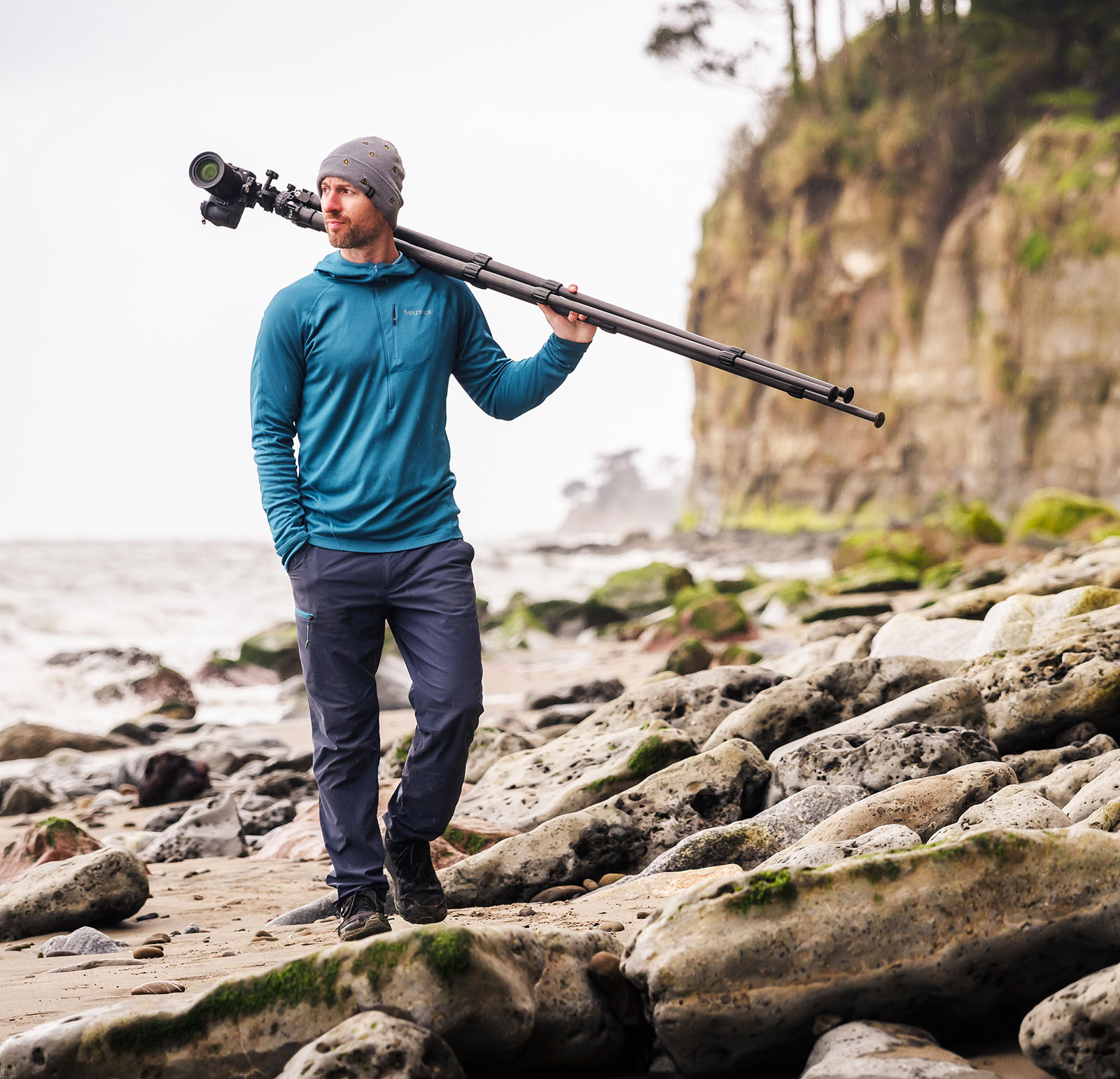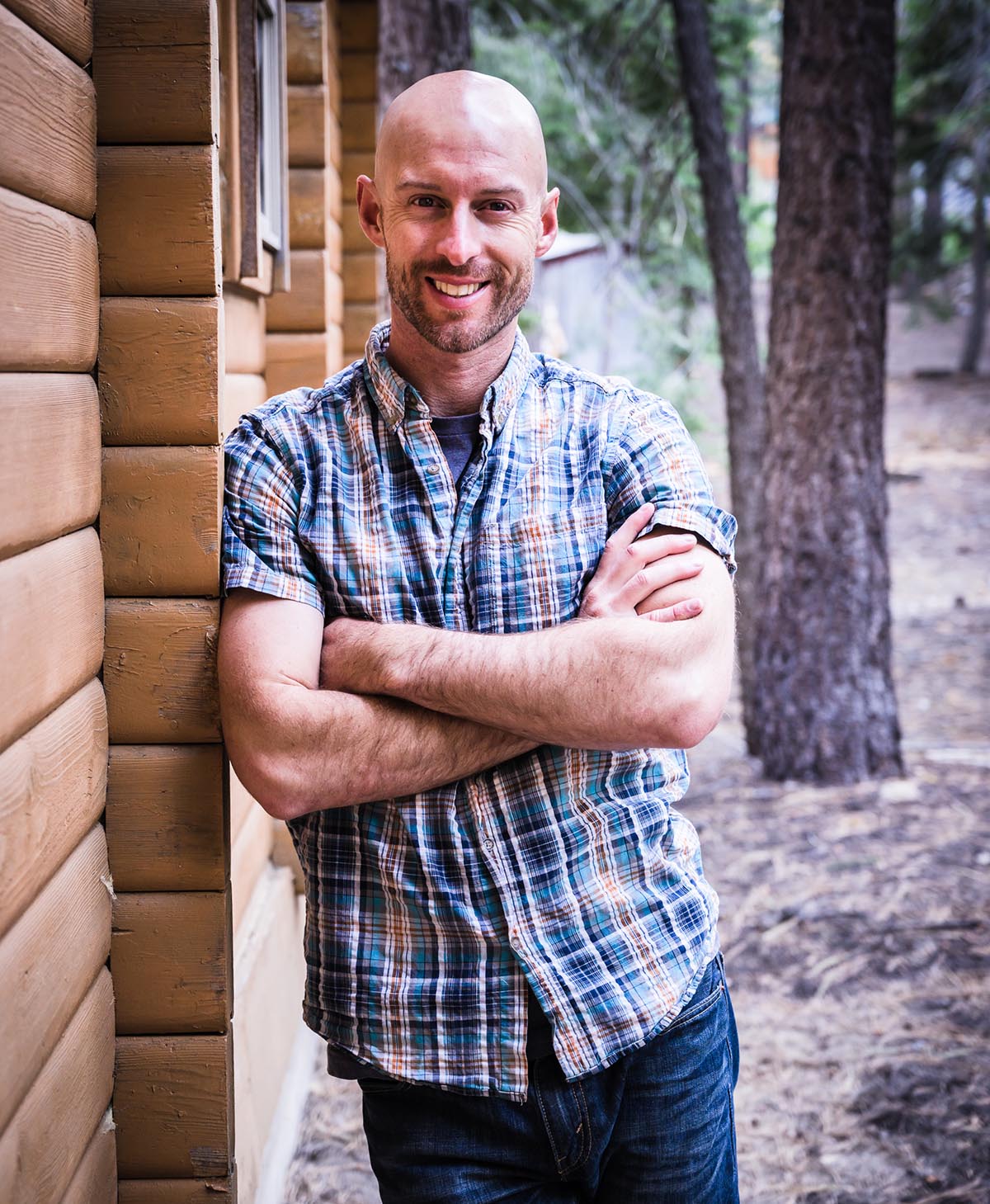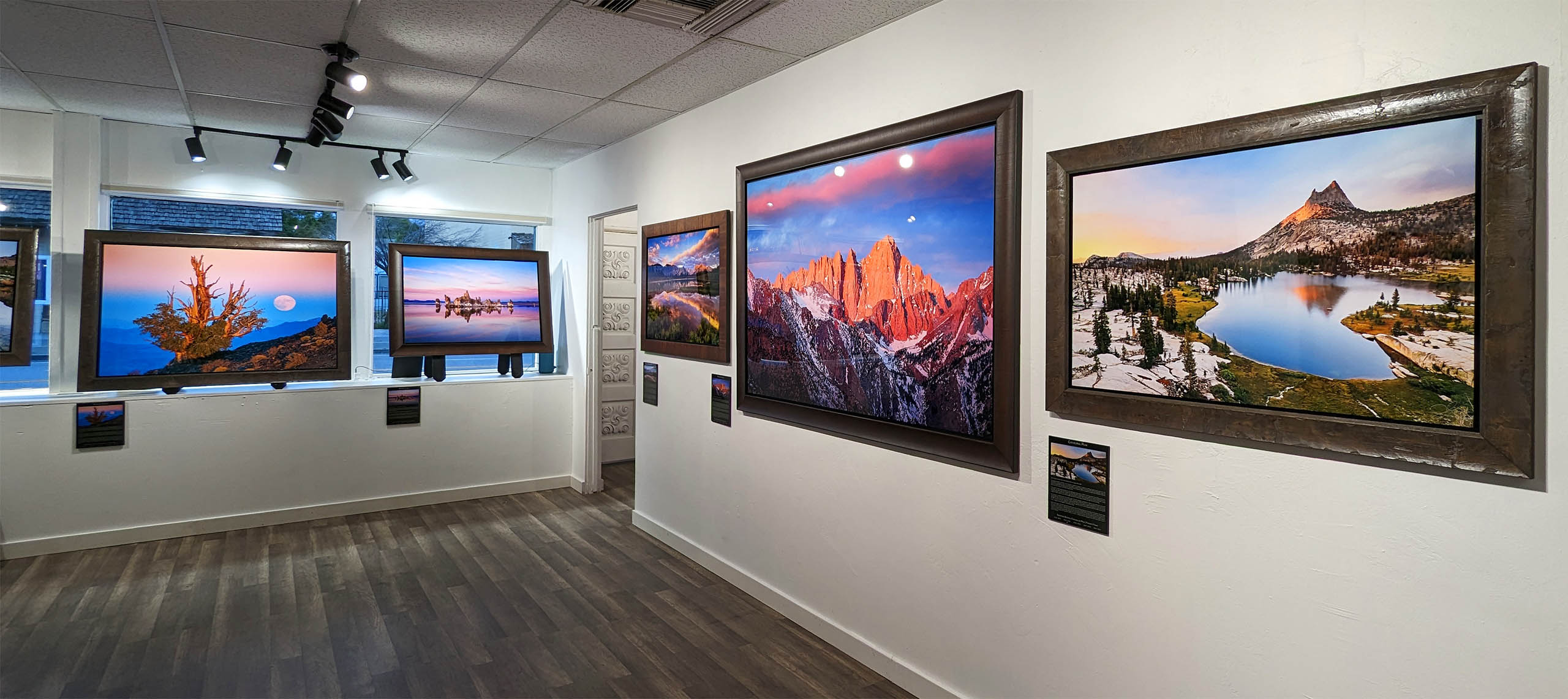Episode Transcript:
Hi all, welcome to Professional Photography Tips. I’m Josh Cripps, and I’m going to show you how you can take amazing photos using any camera….all by understanding 7 simple principles of photography.
Now these principles are totally subjective, dramatically over-simplified, and the list is by no means exhaustive or comprehensive. Nevertheless, if you’re new to photography and wondering how to improve your images, this is a great place to start. So let’s dive in!
Principle #1 – Fill the frame with what you like
This is the most important rule of photography and the only rule you should never break. See this great picture of a flower? NO! This is much better. Zooming is ok, but the best zoom lens is your legs, so get closer!
Am I close enough? No. Am I close enough? No. Am I close enough?…….Maybe.
This goes for everything you want to shoot, landscapes, portraits, wildlife, sea monkeys. Get rid of all the extra space in the frame and fill it with what you like. Boring blue sky not exciting you? Get rid of it! Tree branches, lunchboxes, random people, and other clutter getting in the way of your subject, ditch it! Philosophically this is your task every time you take a photo: Figure out what the picture is really about, fill the frame with those things, and get rid of everything else.
Principle #2 – Simplify and exaggerate!
A good photo is like a caricature: it simplifies and exaggerates. Now that you’ve figured out what to put in your photo, think about how you can exaggerate its characteristics.
Use contrasting colors to make your subject stand out. Use other objects to create scale, big or small. Use a long shutter speed to emphasize movement. Zoom in on one particular feature.
Change your perspective, your focal length, or your white balance to emphasize certain characteristics. Simplify and exaggerate and you will create photos with focus and punch.
Principle #3 – Don’t center your subject.
Instead, use the rule of thirds: divide your photo up into an imaginary tic tac toe board and put the most important elements of your photo on the horizontal and vertical lines.
So instead of this (show middle framed tree), try this (offset to one side). Instead of this (horizon in the middle), do this (horizon at the top). Hot damn our photos are looking better already.
The major exception to the rule of thirds is anytime you want two parts of your photo to have equal weight. Reflections, abstracts, counterpoint, and juxtaposition are all great times to use the rule of halves, or quarters, or 1/pi or, or whatever feels right.
Principle #4 – Create Depth!
Use what’s called a near-far composition to create depth and pull people into your photo. By putting a foreground subject close to your camera and a background subject far away from your camera you give a sense of context to your image. You also create 3-dimensional depth and a sense of perspective.
If you have a wide angle lens you can use this technique to great effect by going all the way wide and getting super close to your foreground subject. This wide angle near far technique is absolutely awesome for drawing people into your images and making viewers feel like they’re standing in your photo.
Principle #5 – Connect The Dots and Create a Visual Pathway.
If you have multiple subjects in your photo (really common in landscape photography) then the story of your photo is about the connection between those subjects. Your viewer will intuit that connection 10 times better if you use lines to connect those subjects. We call these “leading lines” because they lead from element to another. Leading lines are also a great way to lead your viewers on a visual journey into your photo.
Anything can be a good leading or connecting line if you use the right perspective. Use a river to connect your foreground to your background. Use a sand dune’s ridge to draw the viewer’s eye through your frame. A crack in the ice or the lines in a piece of sandstone. No matter how you use them, leading lines are an awesome way to connect your main elements and create a visual journey for your viewers.
Principle #6 – Perspective is Everything
One of the best ways to make somebody say, Hey! That’s an interesting photo! is to show them something they’ve never seen before. We spend our whole lives walking around looking at the world from eye level, so why take a picture from eye level? It’s the same old, boring perspective. I mean hey, this field looks great from up here.
But what about from down here? It’s a whole new world, baby! So get low, get high, get upside down, and show the world your perspective.
Principle #7 – Lighting is Everything
Unfortunately the normal time to be out doing things (i.e. the middle of the day) is often the worst time for photography because of the harsh quality of light and shadow. So what can you do? The best solution photographically is to come back another time. Sunrises and sunsets generally offer the most interesting skies and the most even, flattering light.
Or you can move into the shade. Shady and cloudy conditions offer nice, soft light that’s very flattering for things like portraits or flower photography.
But sometimes coming back isn’t practical; you’re here now and never again. So what do you do? Simple! Use directional lighting to your advantage. While shooting toward the sun can create some dramatic effects it’s often problematic because it makes your subject go totally dark. Shoot with the sun, or put the sun at an angle and you’ll have a much easier time of getting a good exposure.
But if the best view is right at the sun, then expose for the brightest part of the scene. Digital cameras ahave almost zero capacity to retain detail in highlight areas, but an amazing capacity to retain detail in shadowy areas. You’ll be amazed by how much detail you can pull out of the shadows with a little post-processing, even with those iPhone shots. So expose for the highlights, recover the shadows, and you will have dynamic photos.
Principle #8 – Break all the Rules
Finally, Break all the rules except #1. Photography isn’t about following rules, it’s about showing people how you see the world. Don’t be afraid to experiment or go out on a limb. As long as there’s some method to your madness you are creating art. So get out there and shoot!
As always thanks for watching. Be sure to check out last week’s video and don’t forget to subscribe for weekly photography tips and techniques. For landscape photography, tutorials, workshops and more, visit my website, joshuacripps dot com. Until next time, have fun and happy shooting!


Joshua Cripps is a renowned landscape photographer who has garnered worldwide acclaim for his breathtaking images of our planet’s wild places. His photos have been published by the likes of National Geographic, NASA, CNN, BBC, and Nikon Global.

The Mt. Whitney Gallery was founded in 2023 by Joshua Cripps as a way to share his passion stunning landscapes of the Sierra Nevada and beyond.
Set at the foot of the breathtaking Sierra with a view of the range’s highest peaks, the gallery features large format, museum-caliber fine art prints of Josh’s signature photographs.
Course Login | Results Disclaimer | Terms and Conditions | Privacy Policy
© Copyright – Joshua Cripps Photography

8 Responses
Really very nice blog, I always read your posts to get better understanding about photography
https://manishrajput.com/
I use this video every year to introduce my Studio Art 1 students to using compositional strategies when taking photos!
That’s awesome to hear, thanks!!!
Hey its Maddii From Pakistan
Thanksssss A lot for Your Amazing Tips…They Are Simple And Interesting Tips
Thanks Joshua for sharing these great principles ! I just started ”shooting” and I needed some tips!
You are welcome. Glad it was helpful!
Thank you for the seven tips lecture. You made it fun and engaging Count me as one of your loyal followers from this day forth.
Thanks Rick
Thanks to you, Rick!